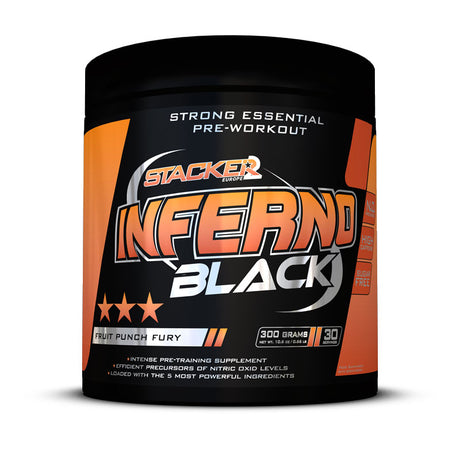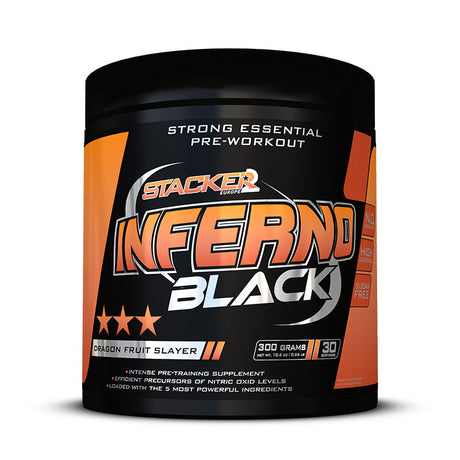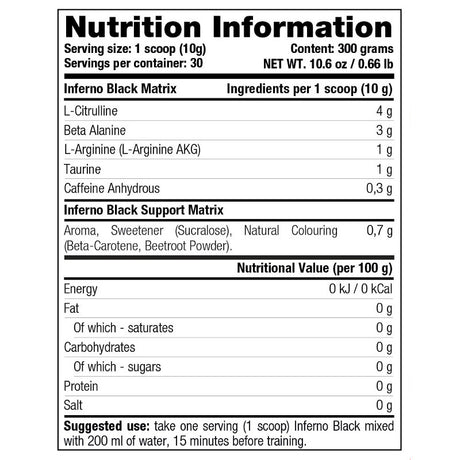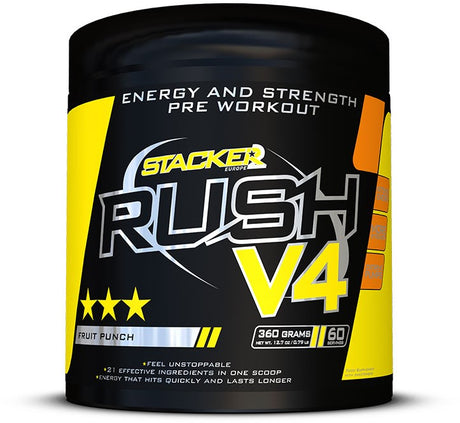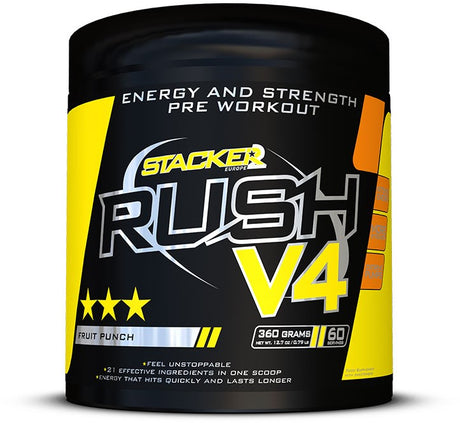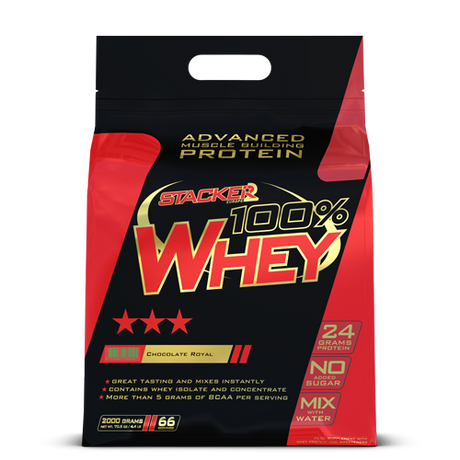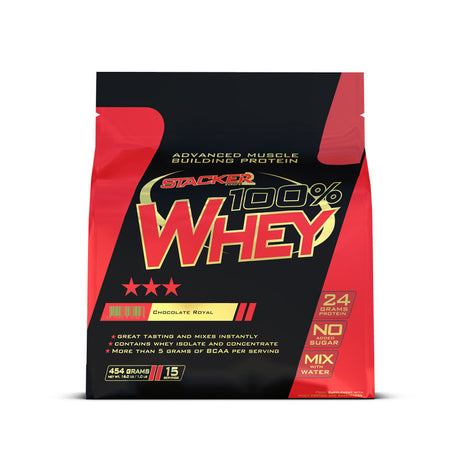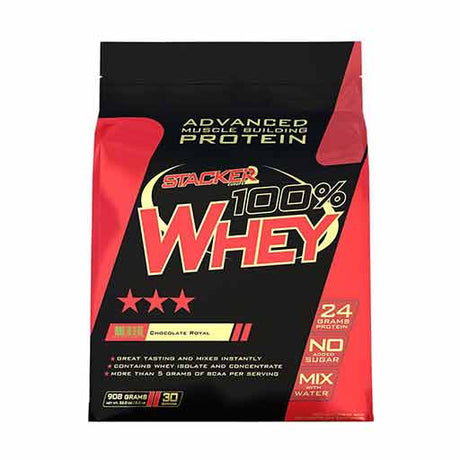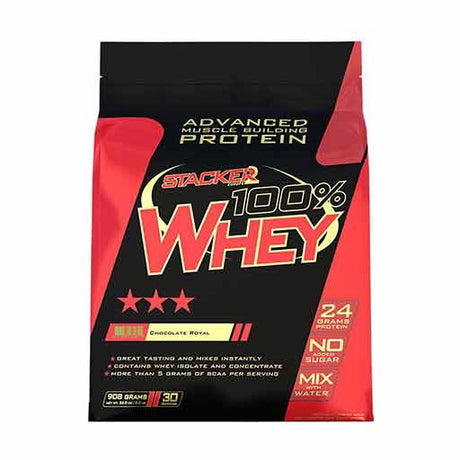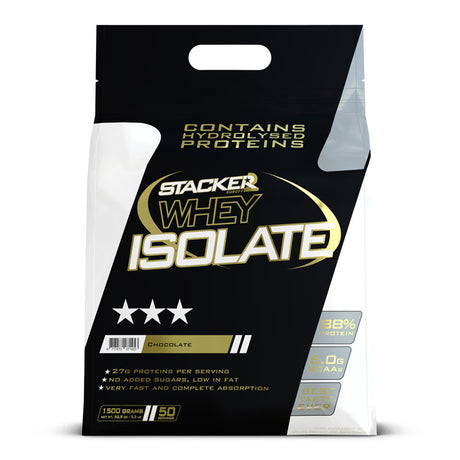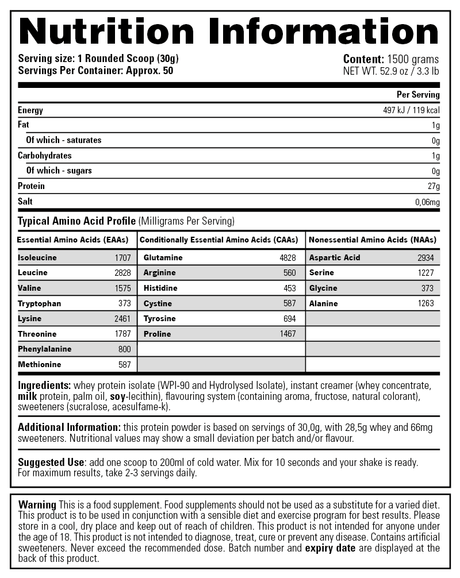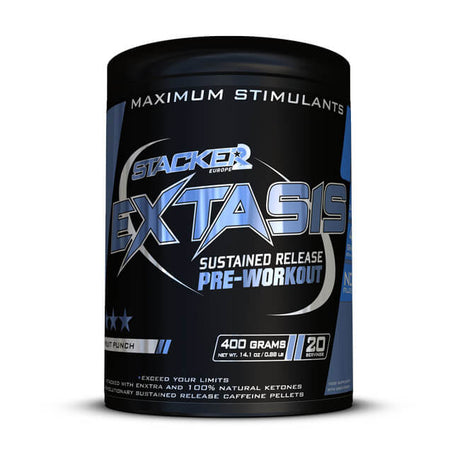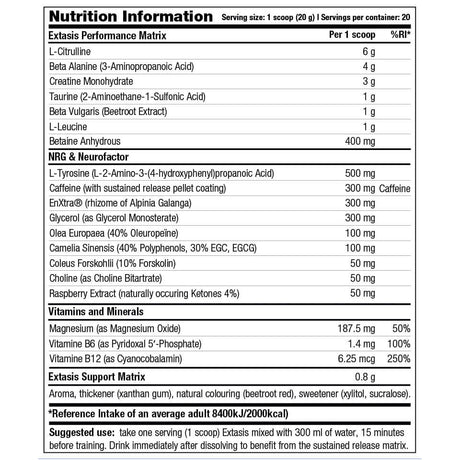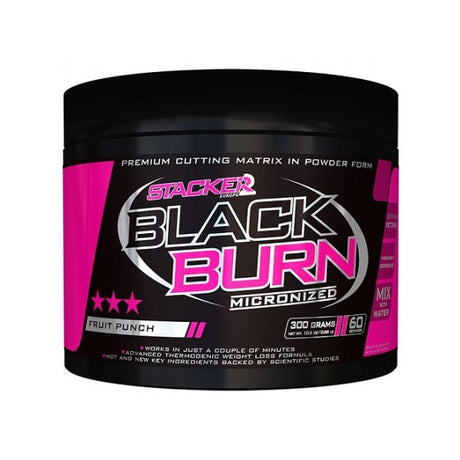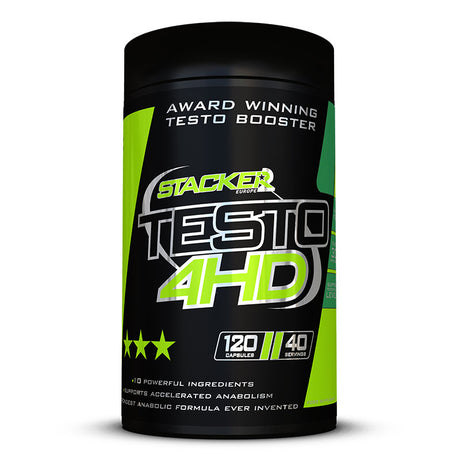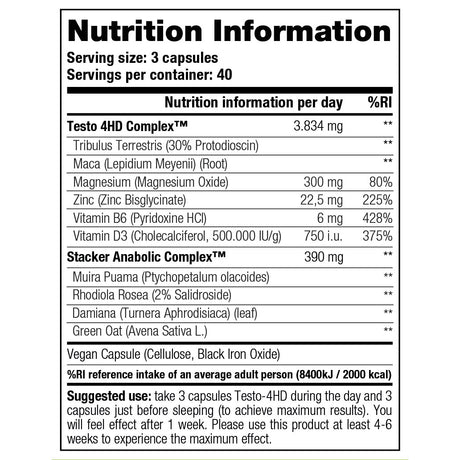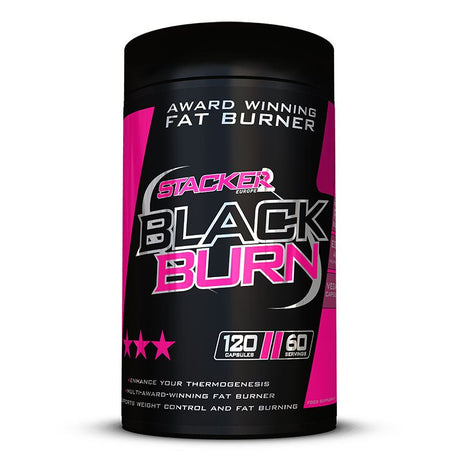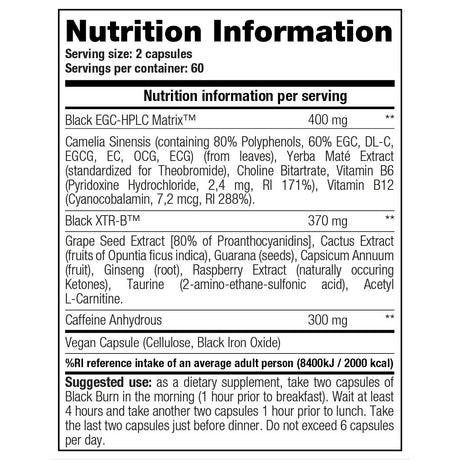What are Whey Proteins?
Whey booster, also called whey protein, is a byproduct of the process of replacing milk in cheese. Milk consists of two main proteins: casein and whey. While casein is digested slowly, whey is quickly absorbed by the body. This makes whey protein ideal as a post-workout supplement, as it can quickly help with recovery and muscle building.
Whey protein usually comes in powder form and can easily be mixed with water, milk or added to smoothies. There are different types of whey available, including whey concentrate, whey isolate, and whey hydrolyzate. Each of these has a slightly different composition and absorption rate, but they are all effective for muscle recovery and growth.
Why are whey proteins important for strength training?
Strength training puts strain on your muscles, which leads to small tears in the muscle tissue. The body repairs these tears by making them stronger and larger, a process known as muscle hypertrophy. Proteins play a crucial role in this recovery process, because they provide the building blocks (amino acids) necessary for muscle repair and growth.
Whey lowers are particularly effective because they contain high levels of essential amino acids, including leucine, an amino acid that plays a key role in initiating muscle protein synthesis. Additionally, whey is quickly absorbed by the body, meaning they are quickly available to help your muscles recover after a tough training session.
How Do You Use Whey Proteins for Optimal Results?
For maximum benefits, it is important to use whey proteins correctly:
1. Timing: For years it was thought that it was best to consume whey protein immediately after your strength training session, within a 30-60 minute window. However, research shows that it does not matter much when you consume the proteins.
2. Dosage: A typical dose of whey protein is between 20-30 grams per shake, which is sufficient for most people to support muscle recovery processes. You can adjust this depending on your body weight and the intensity of your training.
3. Combination with other nutrients: Although whey protein is effective on its own, combining it with carbohydrates can stimulate insulin production, which can improve the absorption of amino acids into the muscles. For example, try mixing your whey shake with some fruit or oatmeal for a complete recovery meal.
Benefits of Whey Proteins
In addition to supporting muscle recovery and growth, whey proteins offer other benefits. They can help reduce muscle loss during weight loss, support a healthy immune system through their glutathione (an antioxidant) content, and can contribute to better body composition by supporting fat loss.
Possible Side Effects
Although whey protein is generally safe for most people, some may experience digestive problems, especially if they are lactose intolerant. In that case, whey isolate, which contains less lactose, may be a better choice.
Conclusion
Whey proteins are a powerful tool for anyone who is serious about strength training. They support muscle recovery and growth, are easy to use and provide a quick source of high-quality protein immediately after your workout. By properly incorporating whey proteins into your diet and exercise routine, you can maximize your results and reach your fitness goals faster.


